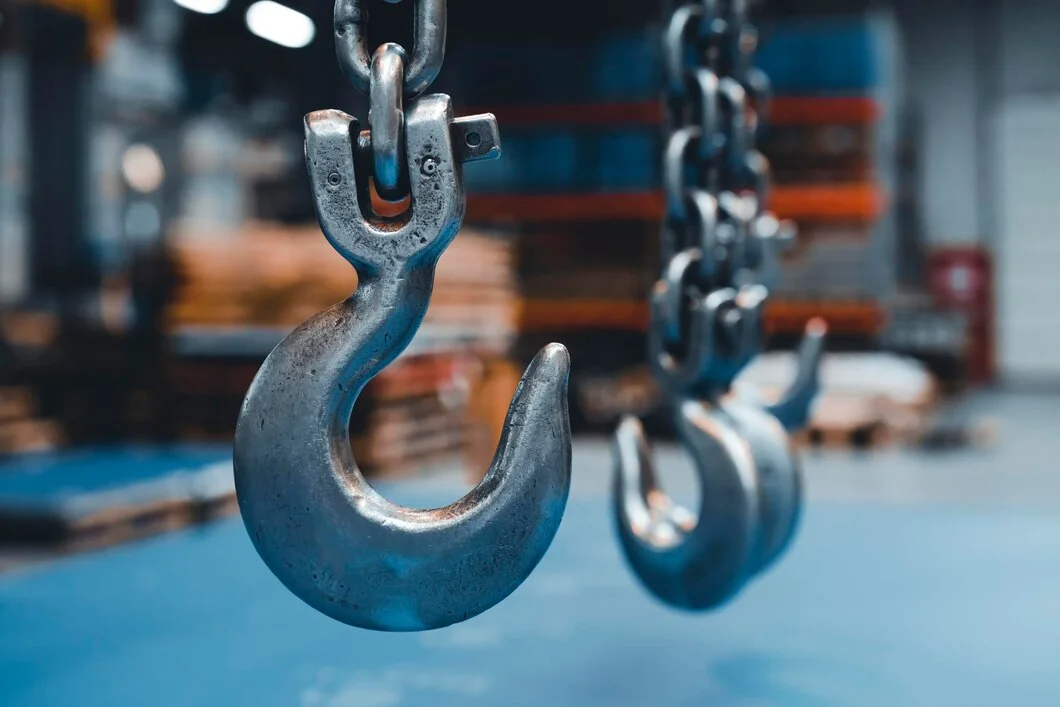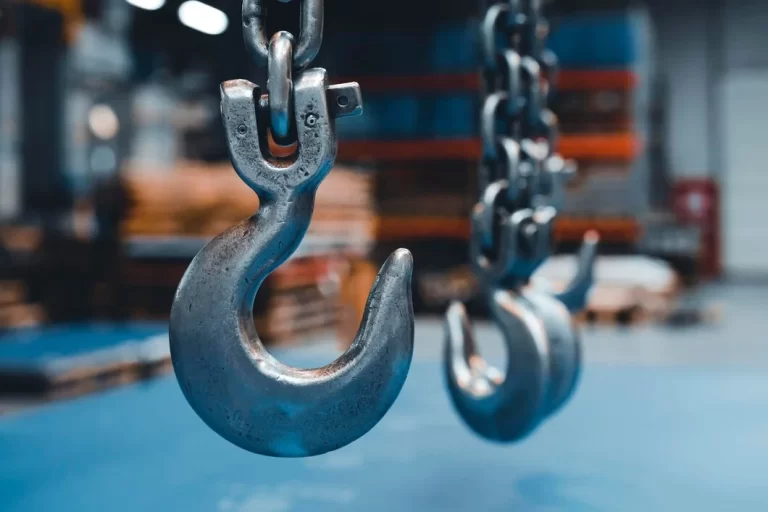When using beam clamps for lifting, there are some essential considerations you should know. This blog will show you all key points.
Safety Standards and Regulations
When using beam clamps for lifting purposes, it is crucial to follow safety protocols and regulations as they’re essential for safe operations and accident prevention in the lifting equipment industry. Ensure to consult established guidelines like those from OSHA or ANSI which offer instructions for the application and upkeep of lifting clamps. Adhering to these standards not guarantees safety. Also improves overall operational effectiveness.
Structural Integrity of Beam Clamps
The strength of beam clamps is crucial for their use as they need to be made from materials that can bear the intended weight loads placed upon them. Regular checks should be performed to spot any indications of wear and tear or damage, like cracks or distortions that could weaken them. It’s important to make sure that beam clamps are defect free and able to handle the designated load to prevent any mishaps during lifting tasks.
Proper Installation Techniques
Correct installation methods are crucial when utilizing beam clamps for lifting purposes to prevent equipment malfunction and potential safety risks.The installation process should adhere closely to the manufacturers instructions to ensure the clamp is securely fastened to a beam with all components correctly aligned and tightened.It is also essential for operators to receive training in installation procedures to prevent errors that may compromise safety measures.
How Do Beam Clamps Differ from Other Lifting Clamps?
First you should know types of lifting clamps, advantages and limitations of beam clamps.
Types of Lifting Clamps
Different kinds of lifting clamps are available for uses and loads such as plate clamps or vertical and horizontal clamps that serve functions in lifting tasks. Beam clamps are distinct as they are designed to connect to beams without the need for support structures.

Advantages and Limitations of Beam Clamps
Beam clamps have benefits like being easy to install and versatile in connecting to beams without any modifications needed.They offer a hold on beams which helps in smoother lifting activities in construction and industrial environments. However they do come with some restrictions. For example they may not be suitable for all beam sizes and shapes and might need checks as they can wear out from use. Understanding both the pros and cons is key to making the most of beam clamps.
Are There Situations Where Beam Clamps Should Not Be Used?
Environmental factors and load characteristics are two factors you should to consider when you construct at some situations.
Environmental Factors
In some cases it is important to take into account conditions when deciding if beam clamps are appropriate to use or not. Severe weather conditions such as temperatures, corrosive substances or high levels of humidity can have an impact on how well beam clamps function and how long they last. In these situations it might be an idea to explore ways of lifting objects or opt for corrosion resistant clamps that are specially made to ensure safety standards are met.
Load Characteristics
Certain factors related to the weight being hoisted determine if beam clamps are suitable for the task at hand or not. Loads that are unevenly distributed or surpass the clamps capacity can introduce risks during lifting operations. Moreover moving or vibrating loads may call for equipment than standard beam clamps to guarantee stability and control during the lifting process. It is essential to evaluate the load characteristics before choosing a lifting approach to uphold safety and effectiveness.
What Are Practices for Maintaining Beam Clamps?
Inspection and daily maintenance are useful practices for keeping beam clamps in good conditions.
Regular Inspection Protocols
It is important to have checks in place to ensure that beam clamps are safe and working properly. It’s necessary to conduct inspections to check for any wear, tear, and structural damage. This should involve an examination of all parts including bolts and locking mechanisms to confirm they are in condition and operating as intended. Documenting each inspection is vital for keeping track of the condition of the clamps over time and spotting any trends that could signal problems.
Maintenance Procedures
By following maintenance procedures you can extend the lifespan of beam clamps. Guarantee their dependable performance over time. To keep the clamps in condition it’s important to clean them to get rid of any dirt or particles that might affect how they work. Don’t forget to lubricate the moving parts to reduce wear caused by friction. If you spot any damaged parts during your inspections make sure to fix or replace them without delay. Sticking to the maintenance schedules recommended by the manufacturer will help ensure that your beam clamps stay in working order.
APOLLO’s Solution for Safe Lifting Clamp Usage
APOLLO presents solutions that aim to boost safety and productivity when using lifting clamps effectively and efficiently. Their offerings feature state of the art materials and engineering methods that enhance strength and functionality in situations. APOLLO also delivers guides and training materials that highlight the procedures for handling them during setup and maintenance. By combining cutting edge technology with user assistance APOLLO empowers operators to conduct lifting operations safely while prolonging the lifespan of their equipment.
How Can You Ensure Optimal Performance with Beam Clamps?
Trainning programs and monitoring system can help you ensure optimal performance with beam clamps.
Training and Certification Programs
Training and certification programs play a role in ensuring that operators have the skills and knowledge to use beam clamps safely and efficiently. Designed programs should include topics like comprehending load limits and identifying potential dangers while also focusing on proper installation methods. Certification serves as a recognition of an operators abilities and contributes to creating a culture of safety and professionalism within companies. Ongoing educational initiatives are valuable in keeping operators informed about the practices and advancements in lifting operations.
Monitoring and Feedback Systems
It’s really important to have monitoring and feedback systems in place to ensure top notch performance when using beam clamps. These systems help keep an eye on how the clamps being used and can pinpoint any deviations from the procedures. They also offer up to date information on equipment status. Having feedback mechanisms lets operators quickly flag any problems that crop up and take measures. By using technology to monitor performance data businesses can boost efficiency. Reduce risks linked to lifting operations.


